Surroundings
Museum of Orava village in Brestova
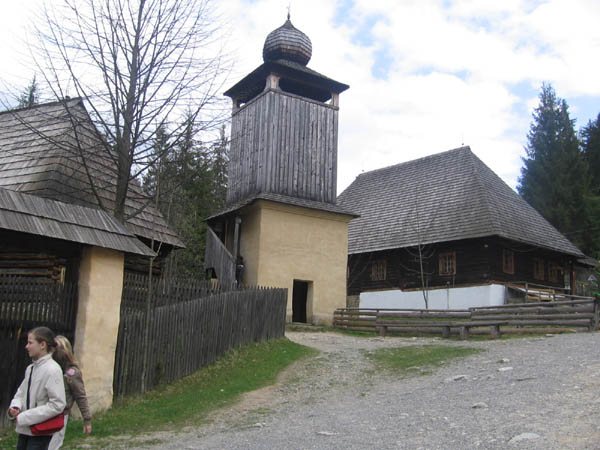
This outdoor museum is meant to be the most beautiful museum of folk architecture in Europe. It is built on the banks of the rough river Studeny potok making an impression of really living village from the end of 19-th century.
.

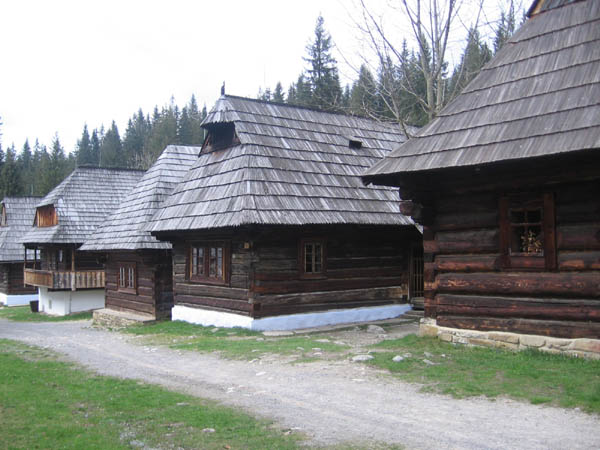

|
Západné Tatry - Roháče

|
Roháče mountains are year after year the place for holiday and relax for growing number of visitors. In the summer is Zuberec sought by hikers and tourists who admire walking in the countryside that means magnificent views from the mountain ranges of Roháče or crystal clear water of Roháče lakes.

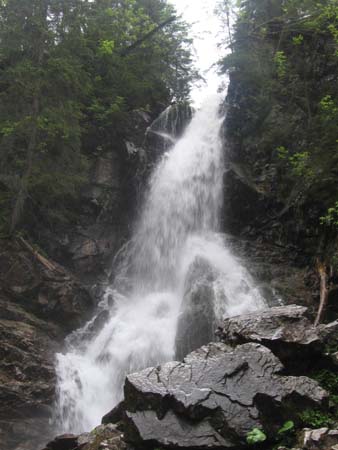

| Skiing center Zverovka
Spálená affords optimal conditions for skiers of all categories and also for snowboarders. Shorter tows (400 m and 850 m) are assigned for beginners and children; 1450 m long, gives satisfaction even for professional funs of winter sports.
Skiing area of Spálená- Zverovka is situated in valley under Salatina. The center of area with all facilities is located on meadow about 1090 m above the sea level. Here you can find parking place for your car.
In the case of your interest, you can order an instructor from ski and snowboard school.
The 250 m and 400 m long skiing tows are coming out form the center of the area. They are situated on downhill course, which is labeled according to difficulty classification used in alpine countries as a "blue". It is intended mostly for children and beginners.
From here is leading four-seater ropeway 1490 m long, which will take you to the highest placed downhill course, labeled as "red". The top station of ropeway is located 1460 m above the sea level. In the down third of the downhill course branches one of its arms assigned for the most professional skiers and labeled as "black".
This downhill course has, in its upper part, another tow, 850 m long. Except "black", all of the downhill courses are cleared up with snowing mechanisms every day after finishing the running. After beginning of the period of frost, when the temperature decreases below -3 °C we started with artificial mechanical snowing up the downhill courses.
Under these meteorological conditions, we guarantee to visitors christmas and new eve's skiing even without natural snow. The evidence is, that we are among the first in Slovakia, who are opening the new skiing season every year.


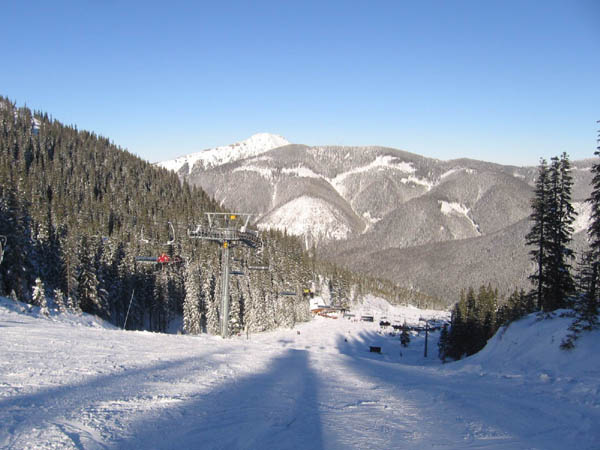
| Skiing center Janovky


|
In the winter it is skiing on the slopes of In the winter it is skiing on the slopes of Janovky with well maintained routes backed by artificial snow systems offering evening skiing, refreshment and regulary maintained cross country skiing tracks.
| Skiing center Milotín

|
Orava Dam
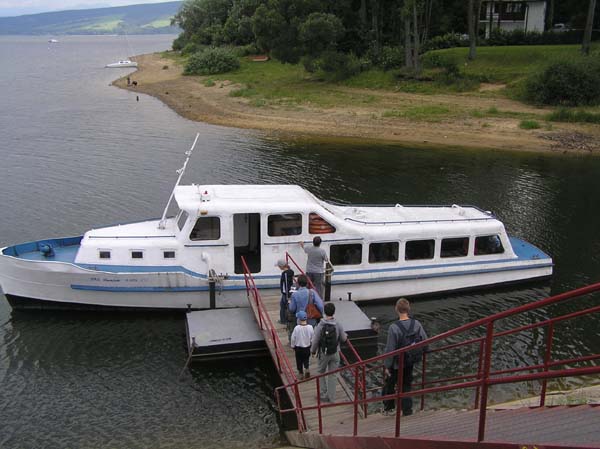
|
|
Orava water reservoir (it is also known as "Orava Sea") is protected by the Horná Orava Protected Landscape Area. Its total area is 35 square kilometers. This popular resort lake with an average depth of 15 m, is excellent for water sports and fishing. There is beautiful countryside scenery. Fantastic attraction is cruising to Slanicky Island of the Arts (Slanický ostrov). It is the remaining part of flooded Slanica municipality. This island shelters a little treasure, St. Cross Church with a museum of folk paintings, plastic arts etc.
A state ornithological reservation is located at the northeastern arm of the reservoir. Birds´ Island (Vtácí ostrov) is home of various rare bird species including heron, great cormorant, spoonbill and others and is rated as one of the important European bird areas.
|
Oravice

 |
|
The Meander Park Resort is located in Slovakia, Orava Region - the West Tatras Mountain, next to the Polish border, only few km from Zakopane. The healing thermal water of temperature 58 ° rises from the depth of 1611m and files up all the pools located in the Meander Park thermal resort. Total area of pools represents 1545 m2. The thermal water is mineral-rich sodium - calcium - magnesium with a high content of the iron. The direct entrance to the indoor and outdoor pools allows bathing in any weather or any season. You can relax in our thermal baths at any time of the year!
In the complex you can find changing-rooms, restaurants, espresso bar, coffee lounge, large sports bathing pool, large and small relaxation pools, chilling bath, massages. The bathing pools are equipped with number of water attractions such as artificial water waves, swimming part, sparkling seats and benches, whirlpools, geyser, water mushroom, water shots, massage jets and terrace with sunbathing couches. By entrancing the complex you will obtain a chip-wristlet that will ensure you a comfortable stay, because you will not need cash with you. The chip-wristlet is for opening and closing your locker, to pay in the restaurant, coffee lounge or other services.
From June to July each year classical music concerts are held in the church's exhibition hall as part of the "Orava Music Summer" festival. The Orava Gallery boat sails from the harbour Slanická osada and the harbour Goral Hotel from June to September.
|
The Orava Castle

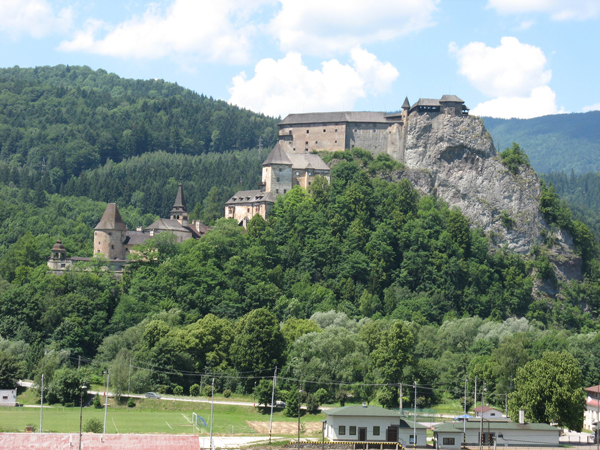 |
|
The Orava castle is an outstanding dominant of Orava region and belongs among the most significant monuments of castle building craft in Slovakia .
The present area of the castle complex came into existence by a gradual building of protective, residential and farm buildings from the 13 th century until the beginning of the 20 th century. Each part is an evidence of various architectonical styles - from Romanic through Gothic, Renaissance, and Baroque until Romanticism.
The castle mount was populated already in Primeval Ages. The first historical mention dates back to 1267, when the castle was fulfilling three basic functions: protective, guardian and a seat of administration. During its history, the Orava castle together with all estate was either the ownership of kings or rich sovereigns.
|
Gothic church in the Tvrdosin |
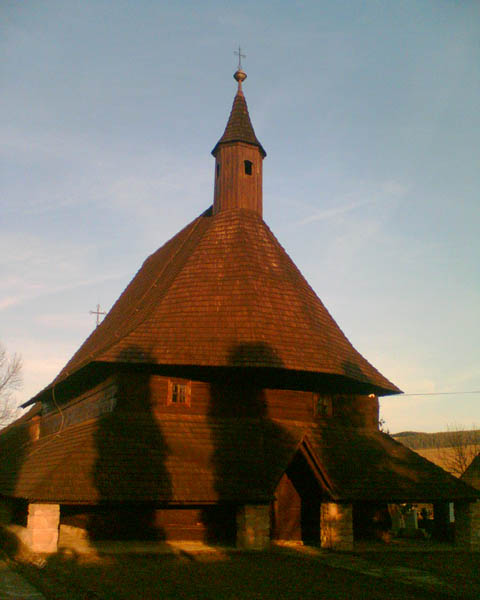 |
|
The wooden church built in the middle of the 15th century is the oldest historic architectural monument in Tvrdošín. Originally, dedicated to the Mourning of Christ, was later dedicated to All Saints.
The church is restored in the Renaissance style from 1650 and 1653-1654 which is engraved in the triumphal arch on the side of the chancel. The Baroque altar from the turn of 17th and 18th centuries with its rich sculptural decoration without colours enables us to admire the beauty of pure lime tree wood and wood-carving the way its creators did just after finishing it.
The fragments of the original smaller Gothic altar can be seen in the Orava Gallery in Dolný Kubín and in the Museum of Fine Arts in Budapest where is also the original Gothic altar painting of the Mourning of Christ.
Among other sights of the internal decoration belong: late-Renaissance pulpit with statues of evangelists, stallum- the bench in the presbytery painted by a stencil, lacunar ceiling with painted roses, picture of St.George on a horse killing a dragon, altar picture of All Saints with Ignatius of Loyola in front, the board paintings of four evangelists, the Saviour of the world, six couples of apostles and St.Paul with cylindrical, plaited and tendrilled ornaments around them.
Church opening hours:
10.00 - 16.00 from 1st July - 1st September from Tuesday - Sunday
|
Krakov |
It is not a simple task to describe the unique character of Krakow to those who still have not had the opportunity to visit this city. This uniqueness is primarily due to the rare cultural heritage embodied in the city's walls. Here, in the year 1000 a Roman Catholic bishopric was founded. Here, a royal castle was built on Wawel Hill, which became the coronation and burial place of kings, for Krakow was the capital of Poland from the 11th to the 17th century. In 1364, the Krakow Academy was established; the first Polish university (today renamed Jagiellonian University).
The city's image has changed during the past centuries. In the Middle Ages, Krakow was a safe, rich, fortified city surrounded by walls with 55 towers (fragments of the city fortification have been preserved to this day). During the Renaissance, Krakow became a centre of new ideas and culture that attracted the most outstanding humanists, writers, architects and musicians. Even later, while the city was going through economic decline during the period of Modernism, the whole of the Polish artistic elite found safe haven. City life focused around the Market Square, the second largest in Europe after St. Mark's Square in Venice.
Tradition entwines with modern times nearly everywhere you go, and each stone has its own history. There is a multitude of architectural monuments - etimated at 6,000 buildings and other structures. This is supplemented by approximately 2.5 million artefacts collected and displayed in museums, churches and archives. Thanks to the extraordinary accumulation of cultural wealth, the city was registered as one of the 12 sites on the UNESCO World Heritage List.
It is impossible to describe or even list all the tourist attractions in Krakow, but each tourist will discover his own "magical" Krakow. While some will follow the footsteps of Nicholas Copernicus, others will be interested in sites linked with John Paul II. Some will be fascinated by the worldwide unique underground corridors of the Wieliczka salt mine, others will wander round the Kazimierz Jewish district and many will stand enchanted in front of the Veit Stoss altar.
Benefiting from its geographical location, Krakow, aiming to become a meeting place of many cultures and nations, has successfully claimed its position as a Central European metropolis - a city of culture, art and science. Several universities are located in Krakow and many world-famous representatives of Polish culture reside in the city.
|
Next atractions: |
Poland traditional market in Nowy Targ, Jablonka, Zakopane
Adrenalin tour by tank
Floating river Orava
Salt cave Wieliczka
Termal spa: Bešenová, Aquapark TATRALANDIA
|















